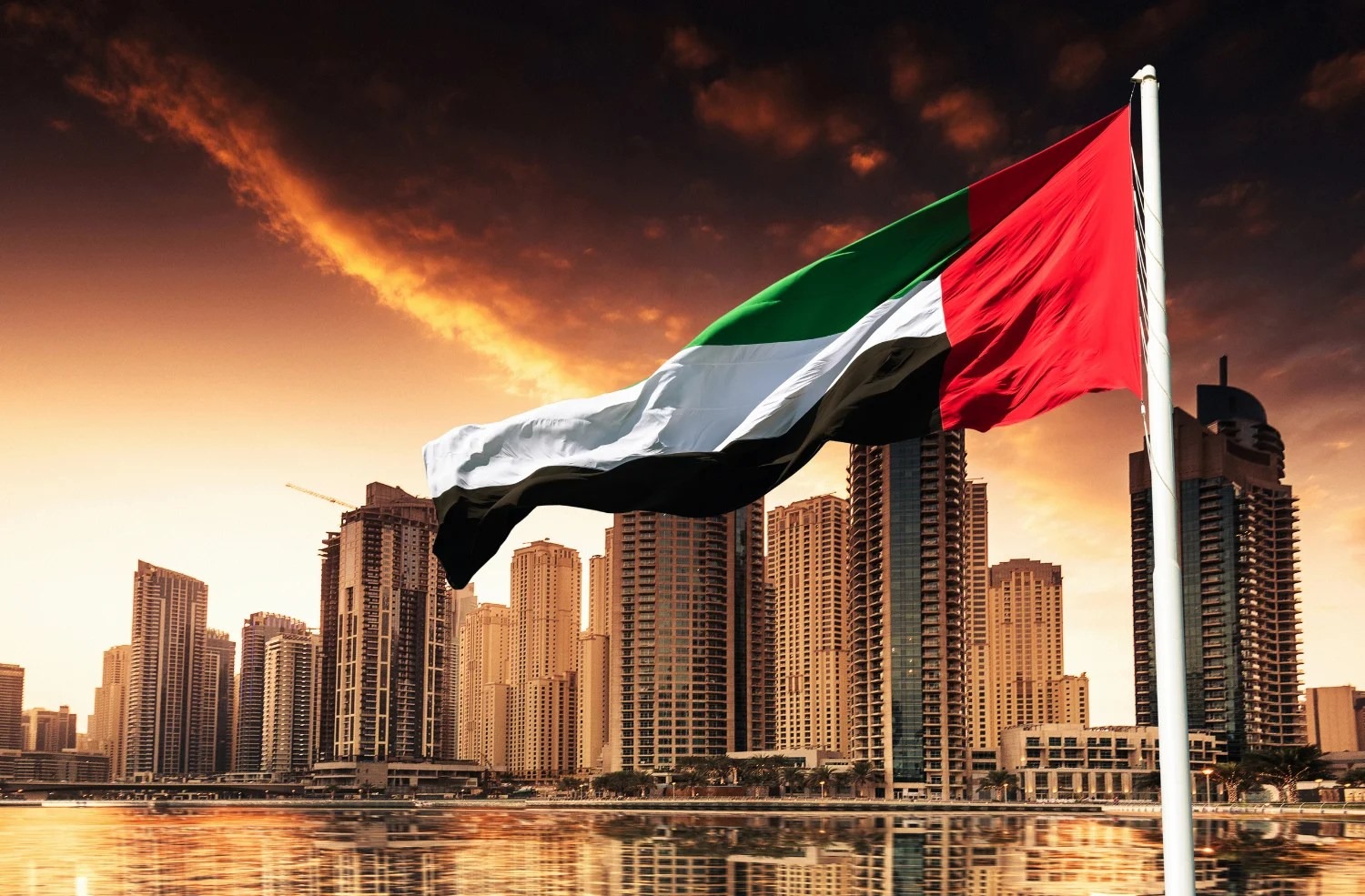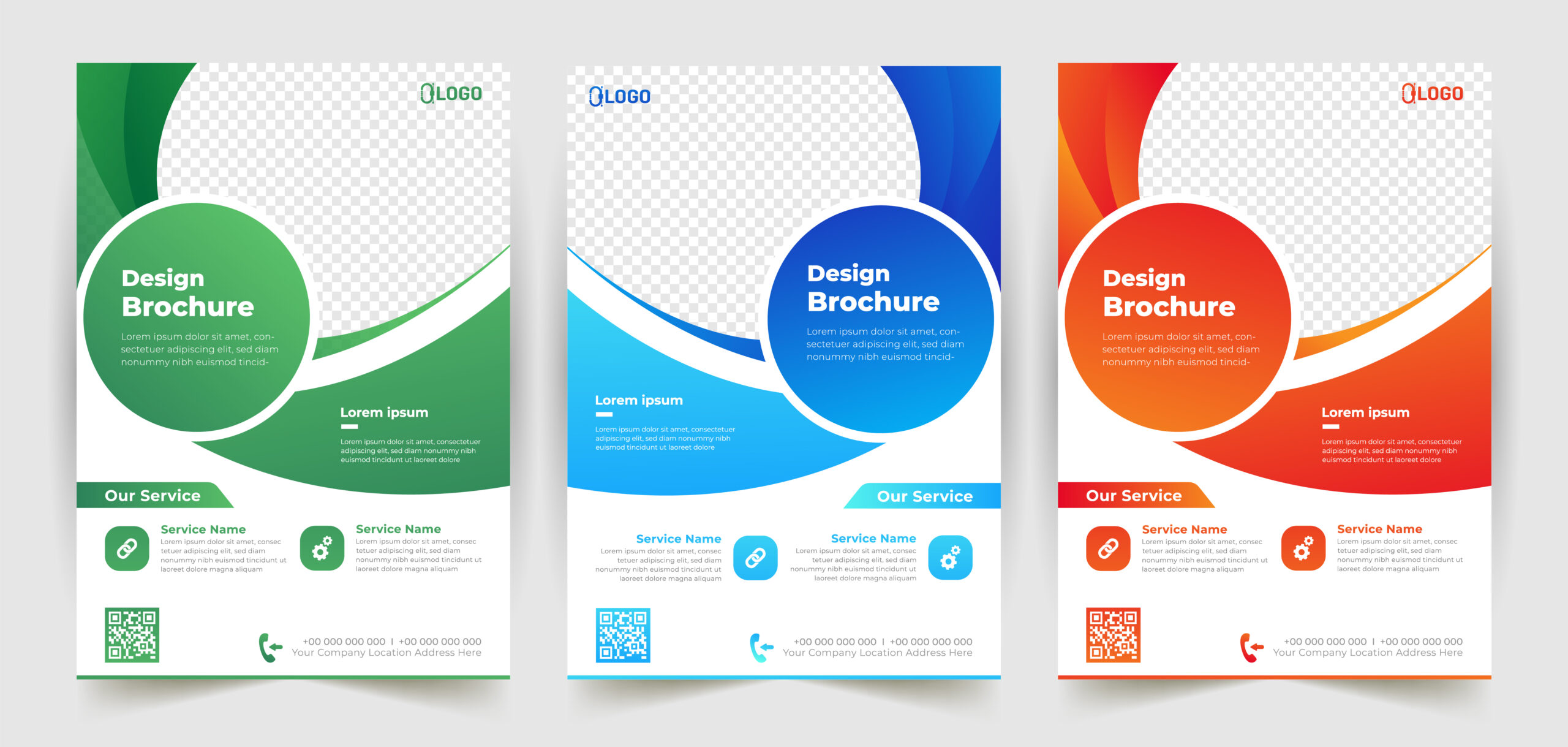Hewi Dubai Initiative: Redefining Public Spaces with Cultural Identity

Dubai is known for its futuristic skyline, luxury lifestyle, and innovative urban planning. But in 2025, the city has taken a significant step toward creating more meaningful public spaces rooted in culture and community values. The “Hewi” initiative, launched under the leadership of His Highness Sheikh Hamdan bin Mohammed bin Rashid Al Maktoum, seeks to reconnect residents with the essence of traditional Emirati living by transforming public areas into vibrant, people-centered spaces.
Read More:- Dubai launches new community-first vision for public spaces
What Does “Hewi” Mean?
“Hewi” in Arabic stands for identity and belonging. The initiative is inspired by the traditional fareej (neighborhood) concept, where neighbors live in close connection, sharing experiences, values, and traditions. The Hewi project is not just about construction—it’s about reviving a lifestyle. It aims to make public spaces more inclusive, interactive, and reflective of the UAE’s cultural roots, while also promoting health, sustainability, and community spirit.
The Vision Behind Hewi
Modern cities often prioritize infrastructure over human interaction. The Hewi initiative flips this model by placing people at the center of urban development. It’s designed to encourage residents to gather, interact, and enjoy their environment in ways that reflect the heritage and values of Emirati society.
Whether it’s children playing outdoors, families enjoying shaded spaces, or elders sharing stories, Hewi aims to create environments where such moments happen naturally. The idea is to foster intergenerational engagement, build stronger communities, and ensure that modern urban life doesn’t erase the warmth of tradition.
Hewi Nad Al Sheba 4: The First Model Project
The first major project under this initiative is located in Nad Al Sheba 4. This neighborhood was carefully selected due to its pedestrian-friendly layout and strong community presence. Developed with support from the Dubai Future Foundation and the Dubai Municipality, this site acts as a pilot project showcasing how future public spaces can be reimagined.
Key features of Hewi Nad Al Sheba 4 include:
- Al Decha: A shaded gathering space near the local mosque, specifically designed for older residents to meet, relax, and enjoy traditional coffee or tea. It’s a modern version of the old gathering spots that were once central to Emirati neighborhoods.
- Al Saaha: This multi-purpose indoor-outdoor area is designed for community events, workshops, and celebrations. Residents can host activities, cultural events, and educational programs, helping to strengthen neighborhood ties.
- Al Yalsa: A family seating zone that overlooks a children’s play area. It’s perfect for parents and caregivers to relax while keeping an eye on their children. The layout encourages interaction among families and creates a safe, joyful space for all.
- Nature-Inspired Paths and Play Zones: The site includes walking trails and organic play structures made from natural materials. These areas are meant to encourage outdoor activity and playful exploration, making it enjoyable for both kids and adults.
A Focus on Community Engagement
One of the most significant aspects of the Hewi project is community involvement. Residents were consulted and involved during the design phase to ensure that the space reflected their needs and values. This approach promotes a sense of ownership and pride among the people who will use the space daily.
The Hewi initiative goes beyond just design—it listens to the people, understands their culture, and brings their traditions into the future.
Supporting the Year of Community
2025 has been designated the “Year of Community” in the UAE. Hewi fits perfectly into this theme by promoting connection, dialogue, and shared experiences among residents. It supports a vision where people are not just occupants of a city but contributors to a living, breathing culture.
A Blueprint for the Future
The success of Hewi Nad Al Sheba 4 could pave the way for similar community-driven public spaces across Dubai and the broader UAE. As cities continue to grow, projects like Hewi remind us that development should always have a human touch. These spaces should encourage walking, talking, gathering, and celebrating—just like the fareej neighborhoods of the past.
Dubai is showing the world how to balance rapid progress with cultural preservation. Through Hewi, the city is building not just spaces, but stories, memories, and a deeper sense of togetherness.




